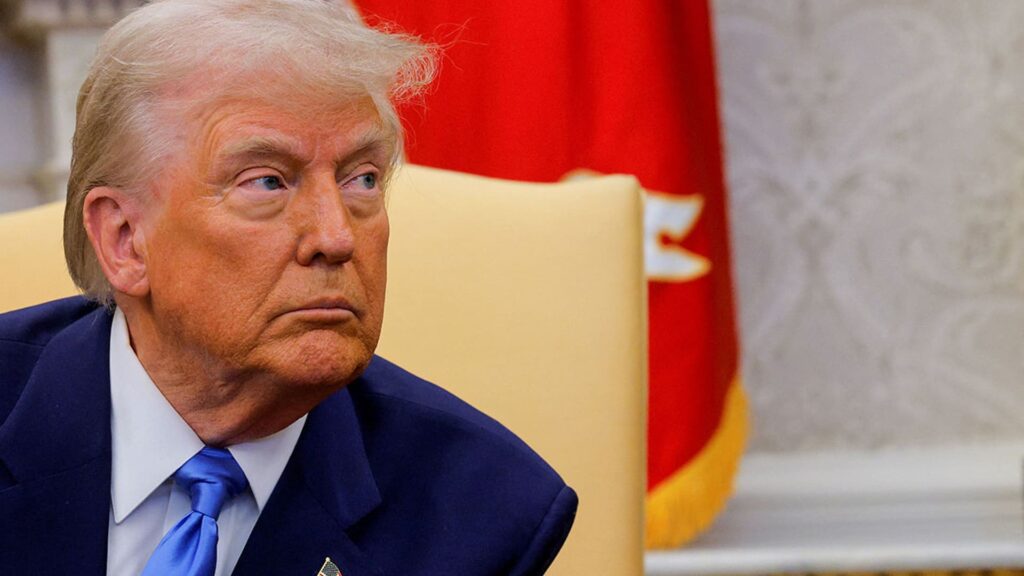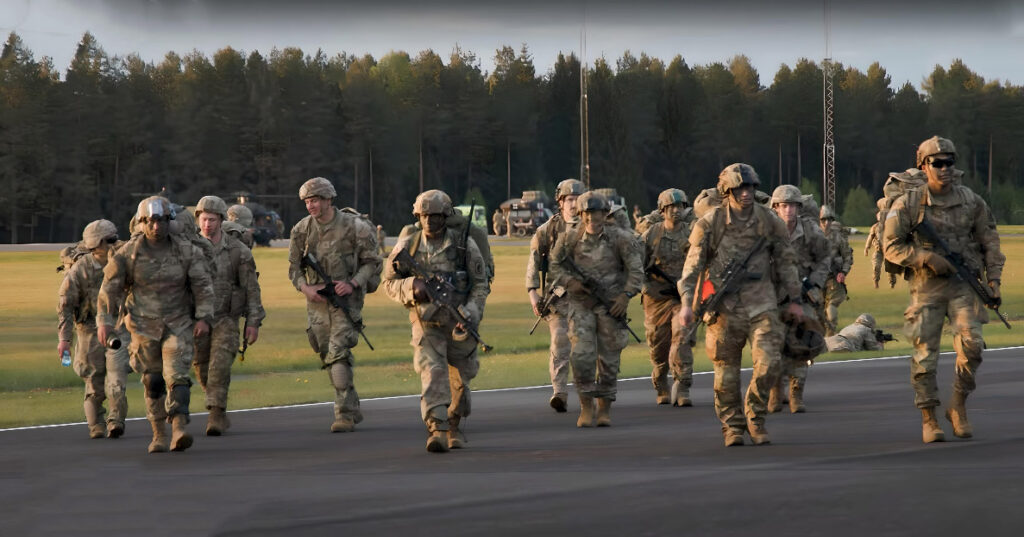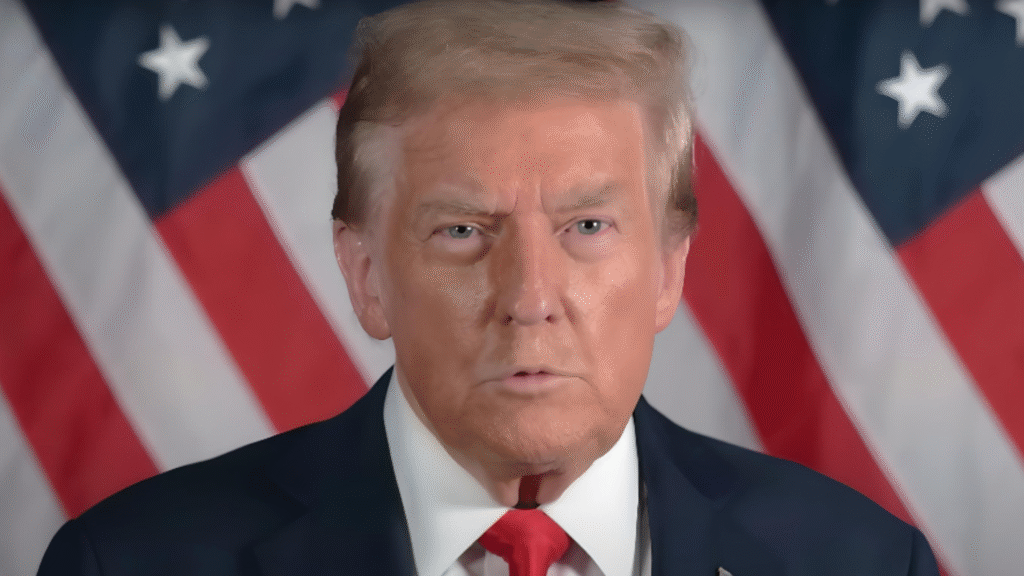Washington, July 14, 2025 — President Donald Trump, during a meeting with NATO Secretary General Mark Rutte, expressed growing frustration over stalled negotiations with Moscow regarding the war in Ukraine. Speaking from the White House, Trump referred to Russian President Vladimir Putin as a “tough player” who, he claimed, easily manipulated previous U.S. administrations. “He didn’t fool me,” Trump stated firmly.
The president revealed that he had given the Kremlin a 50-day deadline to reach a diplomatic resolution. Failing that, the U.S. plans to impose steep tariffs—up to 100%—on countries that continue to import Russian oil, including China and India. The move is designed to increase economic pressure without direct military escalation.
Meanwhile, Washington confirmed a new package of precision weapons for Ukraine, including AIM-120 and AIM-9 missiles, as well as M777 howitzers. Crucially, these deliveries will be entirely financed by European allies. This reflects Trump’s broader strategy: to support Kyiv robustly while minimizing the financial burden on American taxpayers.
Rutte welcomed the initiative, highlighting that transatlantic cooperation has entered “a new phase of shared responsibility.” He also confirmed that NATO defense spending is on track to reach 5% of GDP by 2035—a milestone long considered unrealistic.
Russia responded with predictable hostility. Moscow declared that arms shipments to Ukraine would be treated as “legitimate targets” and accused Western nations of derailing peace efforts. The Kremlin pointed to the breakdown of the latest negotiations in Istanbul in June as evidence of Western intransigence.
Meanwhile, members of the U.S. Congress are discussing additional measures to support Ukraine, including the use of $300 billion in frozen Russian assets. Senator Richard Blumenthal described the proposal as “a hammer blow” to Russia’s financial system and stressed that U.S.-European coordination is becoming more cohesive and strategic.
Washington’s stance is clear: peace is possible—but not at the price of concessions. The new approach is rooted in pragmatic pressure and economic leverage, while still keeping the door open for dialogue—provided it’s followed by real action.



